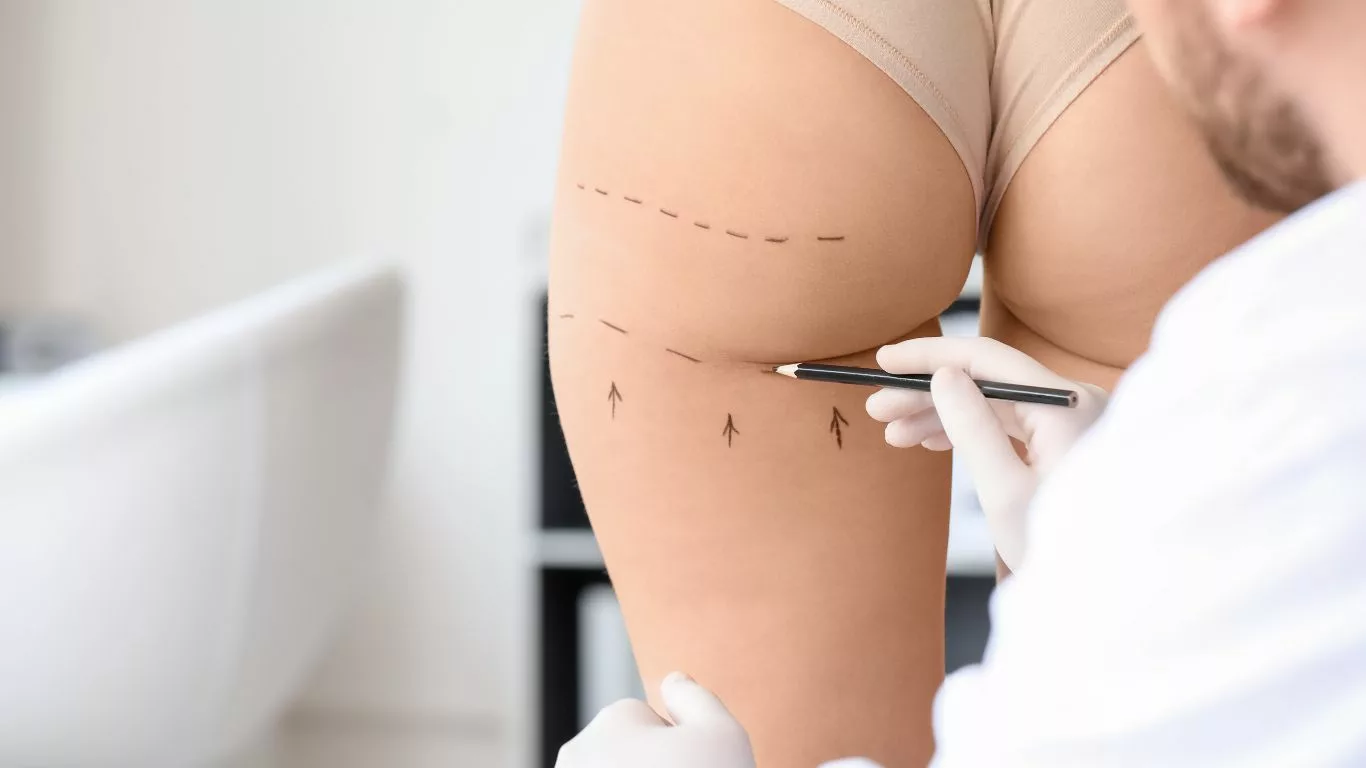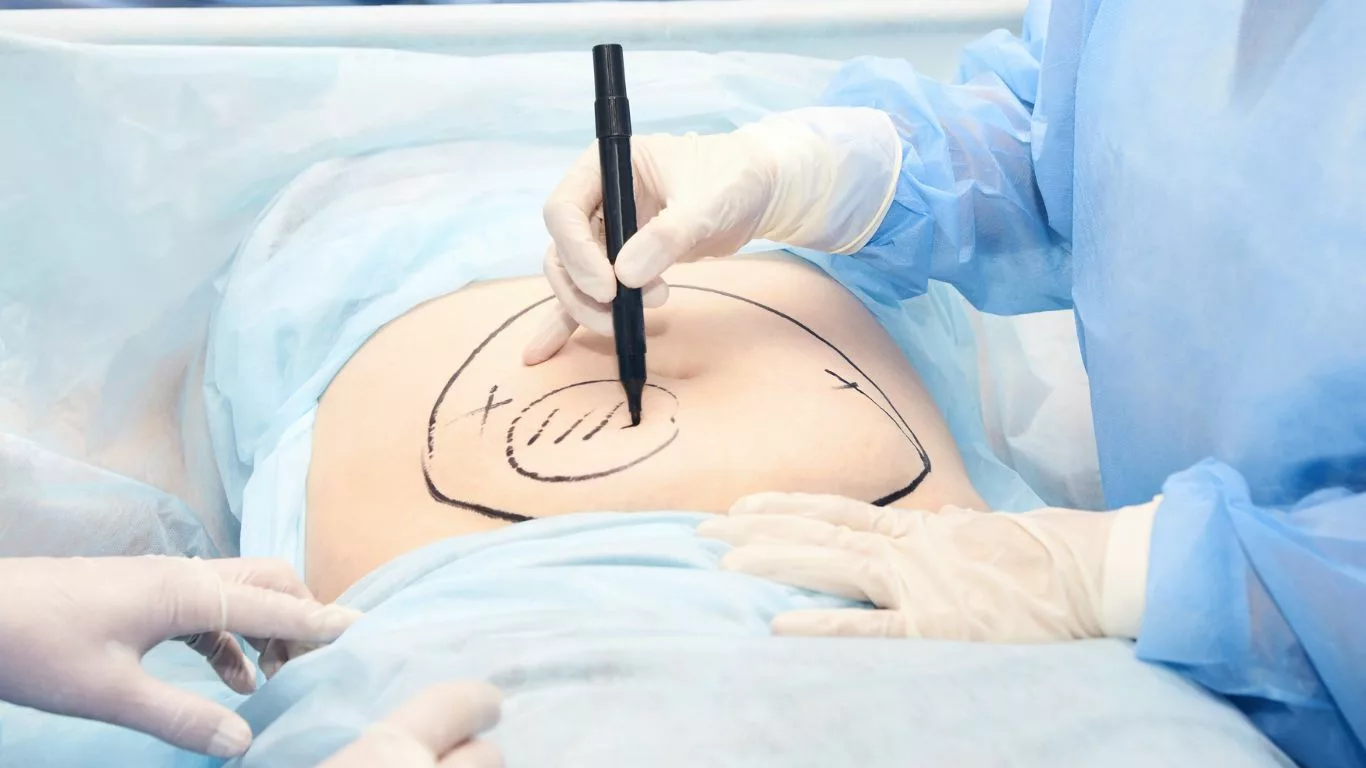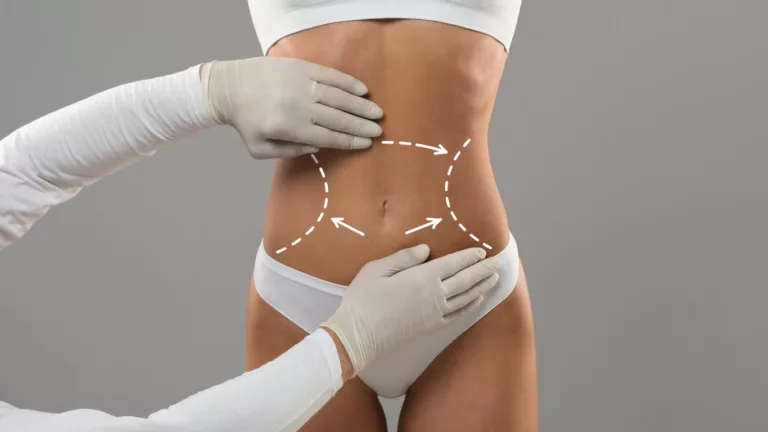Liposuction Cost: What You Need to Know
Explore the costs associated with liposuction, including factors influencing the price, average costs, and what to expect in this comprehensive guide.
Liposuction is a popular cosmetic surgery that aims to remove excess fat from specific areas of the body, enhancing the overall contour and appearance. While the procedure is widely sought after, one of the primary concerns for potential patients is the cost. In this detailed guide, we’ll break down the factors that influence liposuction costs, provide average price ranges, and offer insights into what you can expect when budgeting for this cosmetic enhancement.

Factors Influencing Liposuction Costs
The cost of liposuction can vary significantly based on several factors. Understanding these factors can help you better estimate the potential expenses associated with the procedure.
Geographic Location
The geographic location where the liposuction procedure is performed plays a crucial role in determining its cost. In metropolitan areas and regions with a higher cost of living, the prices for cosmetic procedures, including liposuction, tend to be higher. This is due to several factors such as the higher demand for cosmetic surgery, increased operational costs for clinics, and greater overhead expenses. Conversely, costs may be lower in rural areas or regions with a lower cost of living, where the demand is less intense, and operating expenses for medical facilities are more manageable. For example, a liposuction procedure performed in New York City or Los Angeles may cost significantly more than the same procedure in a smaller city or town in the Midwest.
Surgeon’s Expertise
The experience, training, and reputation of the surgeon performing the liposuction can also greatly impact the cost. Surgeons who are highly skilled and renowned in the field of cosmetic surgery often charge higher fees due to their extensive training, certifications, and proven track record of successful outcomes. These surgeons may have advanced techniques and a higher level of expertise that justify their premium rates. It is essential to balance cost considerations with the surgeon’s qualifications and patient reviews. Opting for a surgeon with a high level of expertise can increase the likelihood of achieving the desired results and minimize the risk of complications, making it a crucial factor in the overall cost of the procedure.
Procedure Complexity
The complexity of the liposuction procedure itself significantly affects the overall cost. Several factors contribute to the complexity, including the number of areas being treated, the volume of fat being removed, and the specific liposuction technique used. For instance, treating multiple areas or larger volumes of fat typically requires more time and effort, thereby increasing the cost. Additionally, different techniques such as traditional liposuction, laser-assisted liposuction, or ultrasound-assisted liposuction each have their own cost structures. Advanced techniques like laser-assisted or ultrasound-assisted liposuction may offer benefits such as reduced recovery time and enhanced precision but can also come with higher costs due to the specialized equipment and expertise required.
Facility Fees
Liposuction is typically performed in a surgical facility, and the associated facility fees can vary widely. These fees cover the use of the operating room, medical equipment, and support staff, including nurses and surgical assistants. The type of facility can also influence the cost. For example, procedures performed in state-of-the-art facilities with advanced medical technology and amenities may have higher fees compared to those conducted in more basic settings. The level of care provided, including pre-operative and post-operative support, can also impact facility fees. Choosing a facility that prioritizes patient safety, comfort, and care quality may increase the overall cost but can also enhance the overall experience and outcomes.
Anesthesia Fees
Anesthesia is a necessary component of the liposuction procedure, and the type of anesthesia used can significantly influence the cost. The main types of anesthesia used in liposuction include local anesthesia, general anesthesia, and intravenous (IV) sedation. Local anesthesia, which numbs only the specific area being treated, tends to be less expensive than general anesthesia, which renders the patient completely unconscious. General anesthesia typically involves higher anesthesiologist fees due to the increased complexity and monitoring requirements. IV sedation falls somewhere in between, providing a moderate level of sedation without full unconsciousness. The choice of anesthesia should be based on the specific needs of the patient and the complexity of the procedure, but it’s important to factor in the associated costs when budgeting for liposuction.

Average Liposuction Costs
While liposuction costs can vary, understanding the average price ranges can provide a helpful benchmark for potential patients. The costs can be influenced by several factors, including geographic location, the surgeon’s expertise, the complexity of the procedure, and the specific areas being treated. Here, we break down the average costs by treatment area and provide an overview of the overall procedure cost.
Cost by Treatment Area
Liposuction costs can be broken down by the specific areas being treated. Each area of the body may have different pricing due to varying levels of complexity and the amount of fat to be removed. Here are some average cost ranges for common treatment areas:
- Abdomen: The abdomen is one of the most common areas for liposuction. Costs typically range from $3,000 to $7,500. Factors affecting the cost include whether both the upper and lower abdomen are treated and the amount of fat to be removed.
- Thighs: Liposuction on the thighs can address both the inner and outer thighs, with costs ranging from $2,500 to $6,000. The outer thighs, also known as saddlebags, are generally more expensive due to the larger area and fat volume.
- Arms: Liposuction on the arms, particularly the upper arms, usually costs between $2,000 and $5,000. This area is often treated to remove excess fat and achieve a more toned appearance.
- Back: The back is another common treatment area, with costs ranging from $2,500 to $6,000. This can include the upper back, lower back, and flanks (love handles). Treating multiple sections of the back can increase the overall cost.
- Chin/Neck: Liposuction on the chin and neck area is often sought to remove a double chin and enhance jawline definition. Costs for this area typically range from $2,000 to $4,500. The smaller treatment area and localized fat removal generally result in lower costs compared to larger body areas.
Additional Treatment Areas
Other areas that may be treated with liposuction include the buttocks, calves, ankles, and chest (particularly for men with gynecomastia). Each of these areas has its own cost range, which can vary based on the extent of the procedure and the surgeon’s expertise. Generally, costs for these additional areas can range from $2,000 to $7,000.
Overall Procedure Cost
The total cost of liposuction, encompassing multiple treatment areas and various fees, typically ranges from $4,000 to $15,000. This estimate includes the following components:
- Surgeon Fees: These fees cover the surgeon’s time and expertise. Highly experienced and reputable surgeons may charge higher fees due to their specialized skills and successful track record.
- Anesthesia Fees: Anesthesia is required for liposuction, and the type of anesthesia (local, general, or intravenous sedation) can affect the cost. General anesthesia tends to be more expensive than local anesthesia.
- Facility Fees: These fees cover the use of the operating room, medical equipment, and staff support. High-end facilities with advanced amenities and state-of-the-art technology may have higher fees.
- Post-Operative Care: Additional costs may include post-operative garments, follow-up visits, and medications prescribed for recovery. These costs can vary based on individual recovery needs and the surgeon’s recommendations.

Budgeting and Financing Options
Planning for the financial aspect of liposuction involves more than just understanding the costs. Here are some tips for budgeting and exploring financing options to help manage the expenses associated with the procedure:
Consultation Fees
Many surgeons charge a consultation fee, which can range from $50 to $200. This fee covers the initial assessment and discussion of your goals and expectations with the surgeon. Some practices may apply the consultation fee toward the total cost of the procedure if you choose to proceed with the surgery.
Insurance Coverage
Liposuction is generally considered a cosmetic procedure and is not covered by insurance. However, if the procedure is medically necessary (e.g., to remove lipomas or treat lymphedema), insurance may cover a portion of the cost. It’s important to verify coverage with your insurance provider and obtain pre-authorization if necessary. Discuss your specific situation with your surgeon, who can help determine if any part of the procedure might qualify for insurance coverage.
Payment Plans
Many plastic surgery practices offer financing options and payment plans to help patients manage the cost of liposuction. These plans may include:
- Monthly Installments: Some practices allow patients to pay for the procedure in monthly installments, spreading the cost over a more manageable period.
- Low-Interest Financing: Some financing companies specialize in medical and cosmetic procedures, offering low-interest loans to cover the cost of liposuction. Terms and interest rates vary, so it’s important to shop around for the best deal.
- Medical Credit Cards: Medical credit cards, such as CareCredit, offer financing options specifically for healthcare expenses. These cards may provide promotional financing, such as no interest if paid in full within a certain period. Be sure to read the terms and conditions carefully to avoid unexpected fees.
Be sure to discuss financing options with your surgeon’s office to find a plan that fits your budget. Many practices have partnerships with financing companies and can provide information on available options.
Additional Tips for Budgeting
- Research Multiple Surgeons: Obtain quotes from multiple surgeons to compare costs and find a price that fits your budget. Ensure that you are comparing similar procedures and that all necessary fees are included in the quotes.
- Plan for Additional Expenses: Factor in potential additional expenses, such as post-operative garments, medications, and follow-up visits. These costs can add up and should be included in your overall budget.
- Consider Timing: Some practices offer discounts during certain times of the year or for scheduling multiple procedures at once. Ask your surgeon if any promotions or discounts are available.
- Save in Advance: If possible, start saving in advance to cover the cost of liposuction. Setting aside a small amount each month can help you reach your goal without the need for financing.

Conclusion
Understanding the cost of liposuction and the factors that influence it is crucial for anyone considering this popular cosmetic procedure. By researching average costs, considering the factors that impact pricing, and exploring financing options, you can make informed decisions and plan your budget accordingly. Remember to prioritize the expertise and reputation of the surgeon, as achieving the desired results safely and effectively is paramount.
Appendices
References
For further exploration of liposuction costs and related topics, consider reviewing the following references:
- American Society of Plastic Surgeons. (2023). Liposuction Cost. Read Article
- Healthline. (2023). Liposuction Cost: What You Should Know. Read Article
- RealSelf. (2023). Liposuction Costs. Read Article
- WebMD. (2023). How Much Does Liposuction Cost? Read Article
FAQs
Here are some frequently asked questions about liposuction costs:
- Does insurance cover liposuction? In most cases, insurance does not cover liposuction as it is considered a cosmetic procedure. However, if the procedure is deemed medically necessary, some insurance plans may cover a portion of the cost.
- What is the average cost of liposuction for multiple areas? The total cost for liposuction covering multiple areas typically ranges from $4,000 to $15,000, depending on the number of areas treated and the factors influencing the cost.
- Are there financing options available for liposuction? Yes, many plastic surgery practices offer financing options such as monthly payment plans, low-interest financing, and medical credit cards to help patients manage the cost of liposuction.
Related Table
Here’s a summary table of key information regarding liposuction costs:
| Aspect | Information |
|---|---|
| Average Cost Range (per area) | $2,000 – $7,500 |
| Total Procedure Cost | $4,000 – $15,000 |
| Key Cost Factors | Geographic location, surgeon’s expertise, procedure complexity, facility fees, anesthesia fees |
| Financing Options | Payment plans, low-interest financing, medical credit cards |
Disclaimer: The information provided in this article is for educational and informational purposes only. It is not intended to be a substitute for professional medical advice, diagnosis, or treatment. Always seek the advice of your physician or other qualified health provider with any questions you may have regarding a medical condition. Never disregard professional medical advice or delay in seeking it because of something you have read in this article. Reliance on any information provided in this article is solely at your own risk.

Camellia Wulansari is a dedicated Medical Assistant at a local clinic and a passionate health writer at Healthusias.com. With years of hands-on experience in patient care and a deep interest in preventive medicine, she bridges the gap between clinical knowledge and accessible health information. Camellia specializes in writing about digestive health, chronic conditions like GERD and hypertension, respiratory issues, and autoimmune diseases, aiming to empower readers with practical, easy-to-understand insights. When she’s not assisting patients or writing, you’ll find her enjoying quiet mornings with coffee and a medical journal in hand—or jamming to her favorite metal band, Lamb of God.






